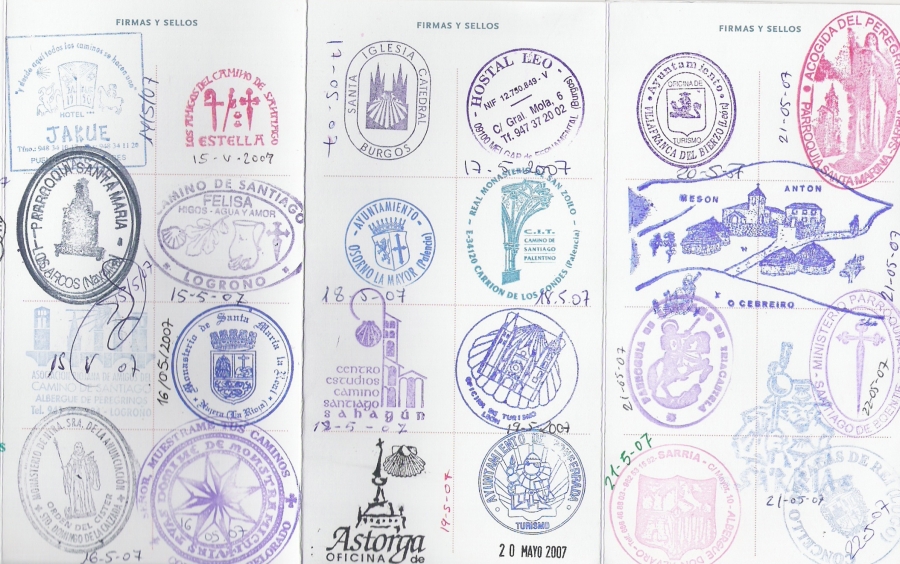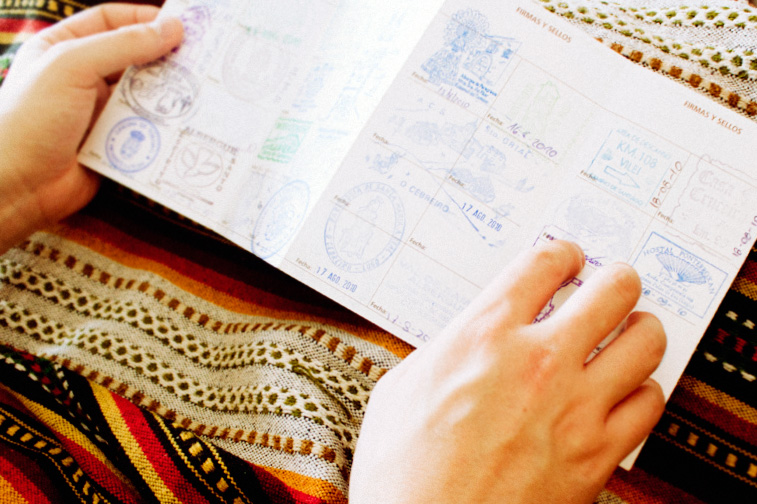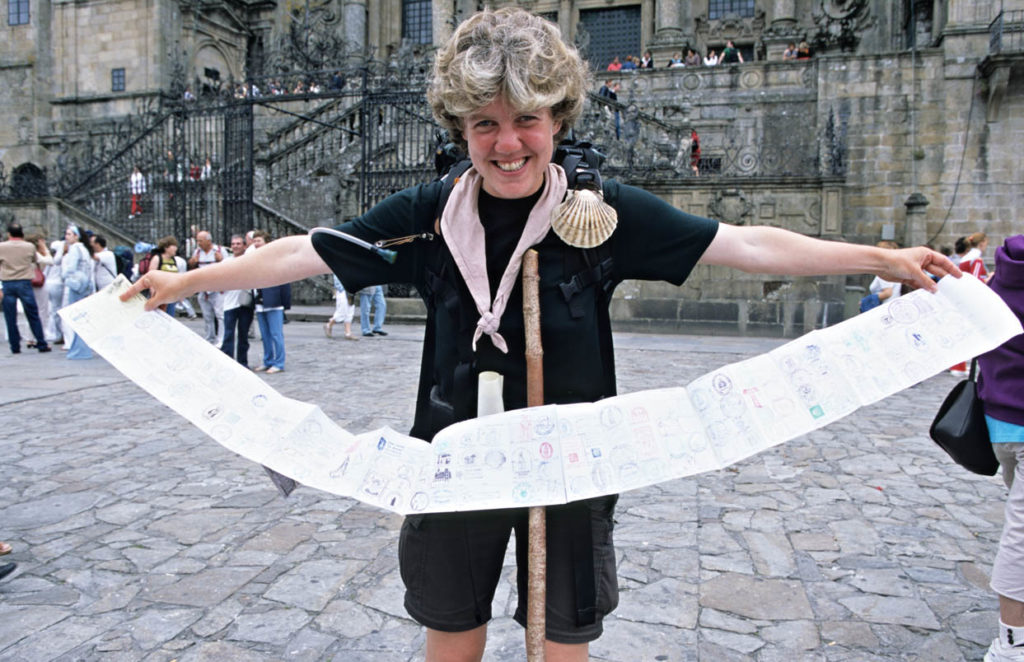Indice
Your Passport to an Unforgettable Experience
The Camino de Santiago is one of the most iconic and ancient pilgrimage routes in the world. Thousands of pilgrims from around the globe walk its paths each year, seeking not only a spiritual experience but also a cultural and personal adventure. One of the essential elements for any pilgrim is the Camino de Santiago credential, also known as the Pilgrim’s Passport. In this article, we will explore everything you need to know about the credential, its importance, and how to obtain it.
What is the Camino de Santiago Credential?
The Camino de Santiago credential is a document that certifies your status as a pilgrim and allows you to access hostels and services designated for pilgrims along the way. This document is the successor to the safe-conducts given to pilgrims in the Middle Ages, and today it is an indispensable item for anyone wishing to undertake this route.
How to Obtain the Credential
To obtain the Camino de Santiago credential, you can visit several authorized institutions. In Spain, the Pilgrim’s Reception Office in Santiago de Compostela is one of the most common places to request it. Additionally, you can obtain it from parishes, Associations of Friends of the Camino de Santiago, pilgrim hostels, and confraternities. Outside of Spain, some associations related to the pilgrimage are also authorized to distribute their own credentials.

Characteristics of the Official Credential
The official credential distributed by the Cathedral of Santiago is printed on cardstock and consists of sixteen pages that open accordion-style. The first pages are usually illustrated and contain important information about the Camino. The first page serves as a letter of introduction and should be filled out with your personal details at the distributing association. At the top, there is a space for the stamp of the entity that issued the credential, and at the bottom, the date and the stamp of the Cathedral will be added once the pilgrimage is completed.
Importance of the Credential for Obtaining the Compostela
The Compostela is the certificate that accredits the completion of the Camino de Santiago. To obtain it, it is essential to carry your credential and have it stamped at various checkpoints along the way. If you are doing the Camino by bicycle, it is important to know that you must travel at least 200 km to be eligible for the Compostela. This requirement is less for pilgrims who walk the route, who must travel at least 100 km.
Cycling the Camino de Santiago
Completing the Camino de Santiago by bicycle is an increasingly popular option among pilgrims. Not only does it allow you to cover greater distances in less time, but it also offers a unique perspective on the landscapes and villages you pass through. At Tournride, we offer high-quality bicycles for rent, specifically chosen to meet the demands of the Camino. You can equip each bicycle with everything you need to make your journey comfortable and safe.
Tips for Carrying Your Credential
- Stamp your credential at every hostel, church, or checkpoint you encounter on your journey. This is not only necessary to obtain the Compostela but also allows you to keep a tangible memory of your trip.
- Keep your credential in a safe and accessible place. It is a valuable document that you must take care of throughout your journey.
- Plan your route in advance and ensure that you cover the minimum required distance to obtain the Compostela. If you are cycling, remember that you need to travel at least 200 km.
Conclusion
The Camino de Santiago credential is an essential document for any pilgrim wishing to undertake this route. Not only does it allow you to access services designated for pilgrims, but it is also necessary to obtain the Compostela at the end of your journey. If you are planning to do the Camino by bicycle, make sure to travel at least 200 km and have your credential stamped at checkpoints along the way.
Source: Oficina del peregrino


